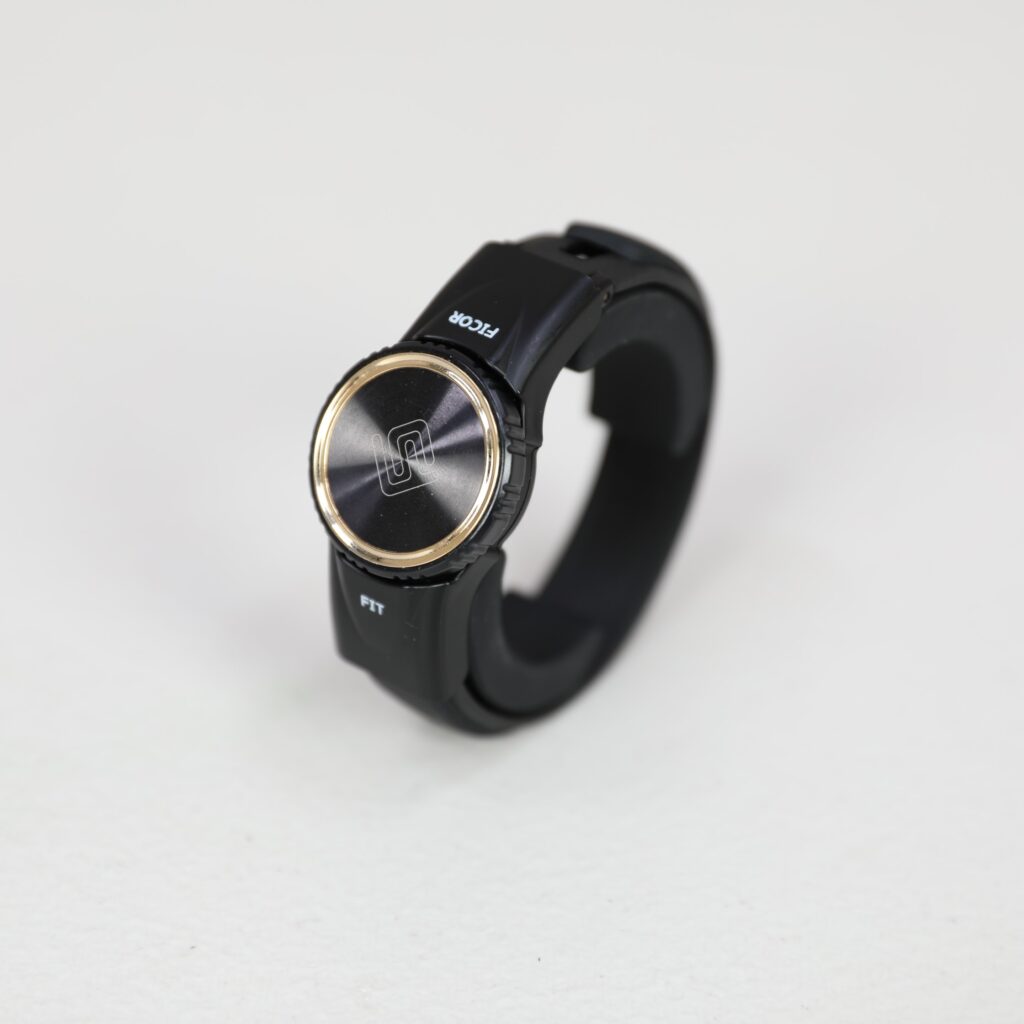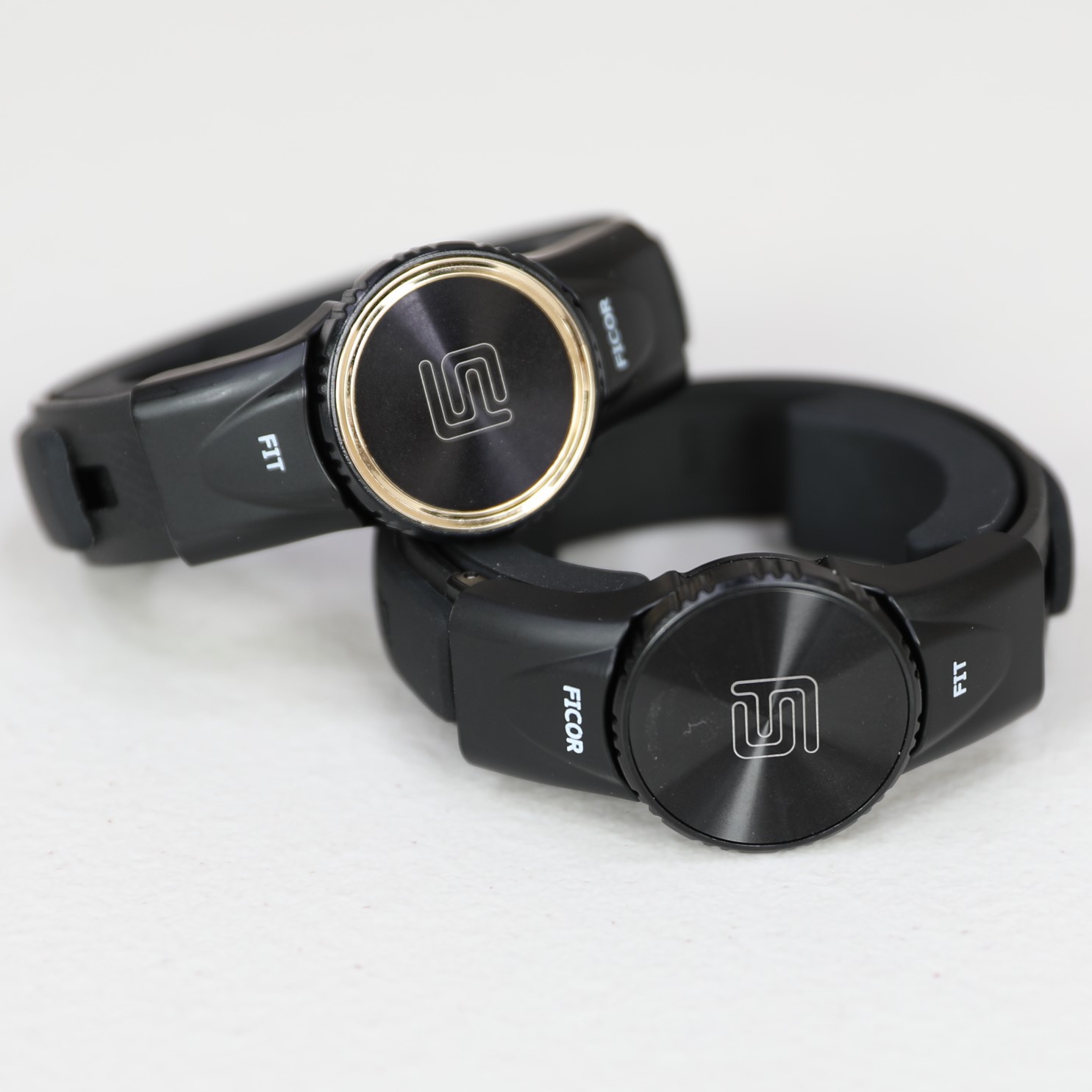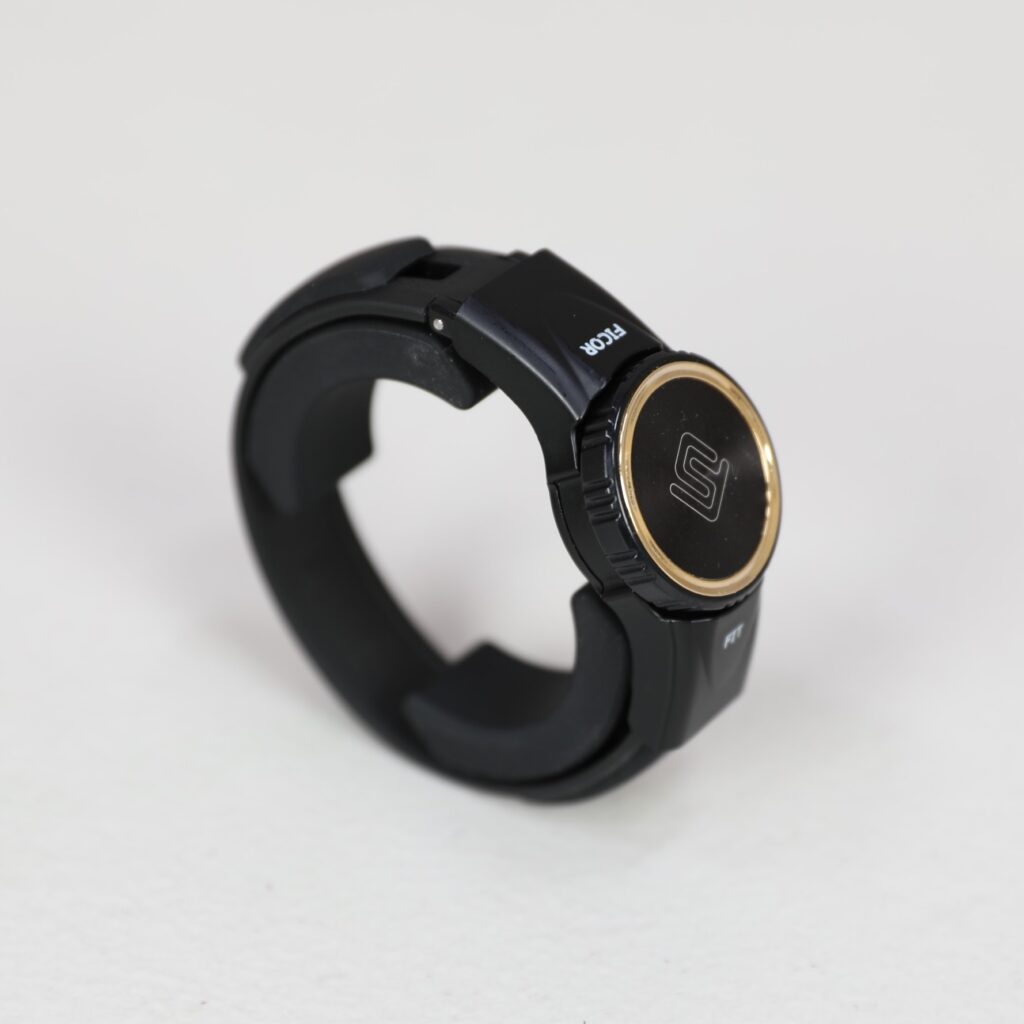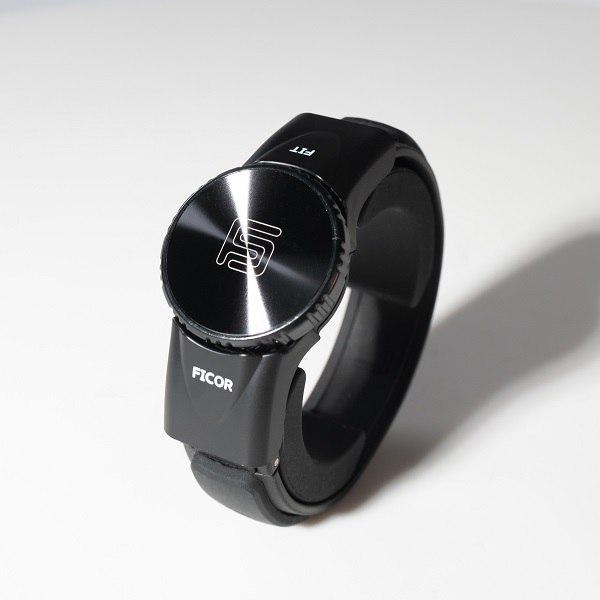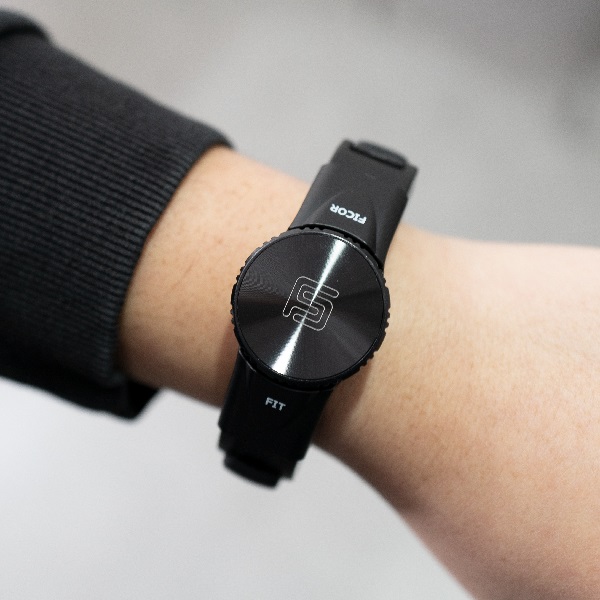Ships within 10 days.
30 Day Money-Back Guarantee
U.S. Company
Wrist Pain When Writing
Pain-Relieving Wristband for Writers

Writing is an essential skill in our daily lives, whether for work, study, or personal expression. However, it’s not uncommon to experience discomfort or even pain in the wrist while writing. This discomfort can be a significant hindrance to productivity and can impact the quality of our work.
In this article, we will explore the causes of wrist pain when writing and offer practical tips on reducing and preventing it. We will also delve into the role of wristbands in alleviating wrist pain and discuss the expected timeframes for relief.
What Causes Wrist Pain When Writing?
Wrist pain when writing can have several underlying causes, and understanding these causes is crucial for effective management. Here are some common reasons why you might experience wrist pain:
1. Repetitive Motion:
Writing involves repetitive hand and wrist movements, which can strain the muscles and tendons. Over time, this repetitive stress can lead to discomfort and pain.
2. Poor Ergonomics:
Incorrect posture or improper positioning of the wrist while writing can contribute to wrist pain. Writing for extended periods without breaks can exacerbate the problem.
3. Ulnar Pain:
Ulnar pain, often referred to as ulnar tunnel syndrome, can affect the wrist and hand. It is caused by pressure on the ulnar nerve, which runs through the wrist. Prolonged or repetitive writing can compress this nerve, leading to pain and discomfort.
4. Overuse:
Excessive writing or using excessive pressure when gripping the writing instrument can strain the wrist muscles and exacerbate pain.
5. Pre-existing Conditions:
Certain medical conditions like carpal tunnel syndrome, arthritis, or wrist tendonitis can make the wrist more susceptible to pain when writing.
How to Reduce Wrist Pain When Writing

If you’re already experiencing wrist pain when writing, here are some strategies to help reduce discomfort:
1. Take Breaks
Frequent short breaks during writing sessions can help prevent wrist strain. Use these breaks to stretch and flex your wrists and fingers.
2. Maintain Proper Posture
Ensure your writing posture is ergonomically sound. Keep your wrist in a neutral position, and use a cushioned wrist support or pad to reduce pressure on the wrist.
3. Use a Proper Grip
Hold your writing instrument with a relaxed grip. Avoid gripping too tightly, as this can strain the wrist.
4. Stretching Exercises
Incorporate wrist and forearm stretching exercises into your daily routine. These exercises can help improve wrist flexibility and reduce tension.
5. Ice and Rest
If your wrist is painful, apply ice to the affected area and allow your wrist to rest. Ice can help reduce inflammation and provide relief.
How to Prevent Wrist Pain When Writing
Preventing wrist pain is often more effective than treating it after it has developed. Here are some preventive measures to consider:
1. Ergonomic Workspace
Create an ergonomic workspace that supports proper posture and wrist positioning. Invest in an adjustable chair and desk to maintain a comfortable writing position.
2. Use Proper Writing Tools
Choose writing instruments that are comfortable to hold and write with. Ergonomically designed pens or pencils with cushioned grips can reduce strain.
3. Pace Yourself
Avoid long writing sessions without breaks. Break up your writing tasks into shorter, manageable segments with rest intervals.
4. Maintain General Wrist Health
Stay physically active to maintain overall wrist and hand health. Regular exercise can improve wrist strength and flexibility.
5. Listen to Your Body
Pay attention to early signs of discomfort in your wrist. If you start to feel pain, take it as a signal to adjust your posture, grip, or take a break.

Do You Have Wrist Pain When You're Writing?
Experience the innovative design
of the Ficor Goldilocks wristband
Can a Wristband Help Relieve Wrist Pain?
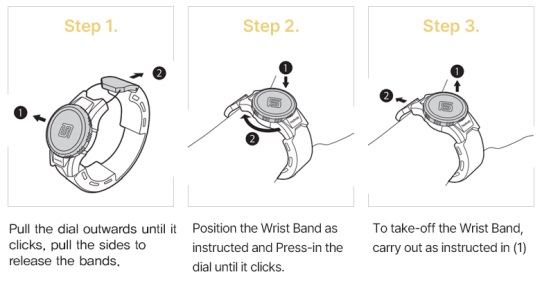 Wristbands like the, Ficor Fit or Ficor Goldilocks, can be valuable tools in managing and alleviating wrist pain when writing. Our supportive devices offer several benefits:
Wristbands like the, Ficor Fit or Ficor Goldilocks, can be valuable tools in managing and alleviating wrist pain when writing. Our supportive devices offer several benefits:
– Stabilization: Ficor wristbands and braces provide support and stabilization to the wrist, reducing strain during writing.
– Compression: Wristbands apply gentle pressure, which can help reduce swelling and inflammation, common factors in wrist pain.
– Improved Ergonomics: Ficor wristbands are designed with ergonomic principles in mind, promoting proper wrist alignment and reducing strain.
– Pain Relief: Wearing a Ficor wristband can help alleviate pain and discomfort associated with writing-related wrist issues.
How Long Does It Take to Feel Relief from Wearing a Wristband?
The time it takes to experience relief from wearing a wristband can vary from person to person and depends on several factors:
– Severity of Pain: The severity of your wrist pain plays a significant role. Mild discomfort may see quicker relief than chronic or severe pain.
– Consistency: Consistently wearing the wristband as recommended by a healthcare professional is crucial for achieving relief.
– Underlying Condition: If your wrist pain is related to an underlying medical condition, such as carpal tunnel syndrome, relief may take longer and may require additional treatment.
– Individual Response: Everyone’s body responds differently to treatment. Some individuals may experience relief within a few days, while others may take weeks or longer.
Wrist pain when writing can be a challenging issue, but it’s not insurmountable. By understanding its causes, adopting preventive measures, and considering the use of wristbands, you can significantly reduce discomfort and enjoy pain-free writing experiences.
If wrist pain persists or worsens, consult a healthcare professional for a proper diagnosis and tailored treatment plan. Remember, taking care of your wrist health is essential for both your comfort and productivity.
Wrist Pain Symptoms
Symptoms of CTS include pain and tingling in the wrist & fingers, numbness/weakness in the hand.
Golfer’s elbow occurs when the tendons and muscles in the forearm are overused.
The symptoms of Tennis Eblow can include pain, swelling, and stiffness in the elbow.
Repetitive Strain Injury (RSI) is caused by repetitive motions such as typing, sewing, or using a mouse.
Triangular Fibrocartilage injuries are caused by overuse or misuse of a muscle or joint.
Wrist tendonitis is inflammation of the wrist tendons and can affect all ages.
Wrist sprains are characterized by twisting or rotating the wrist suddenly.
De Quervain’s Tenosynovitis causes pain and tingling in the wrist or hand.




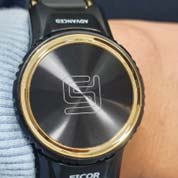
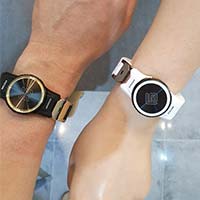

© Ficor Health, Inc. | All Rights Reserverd

